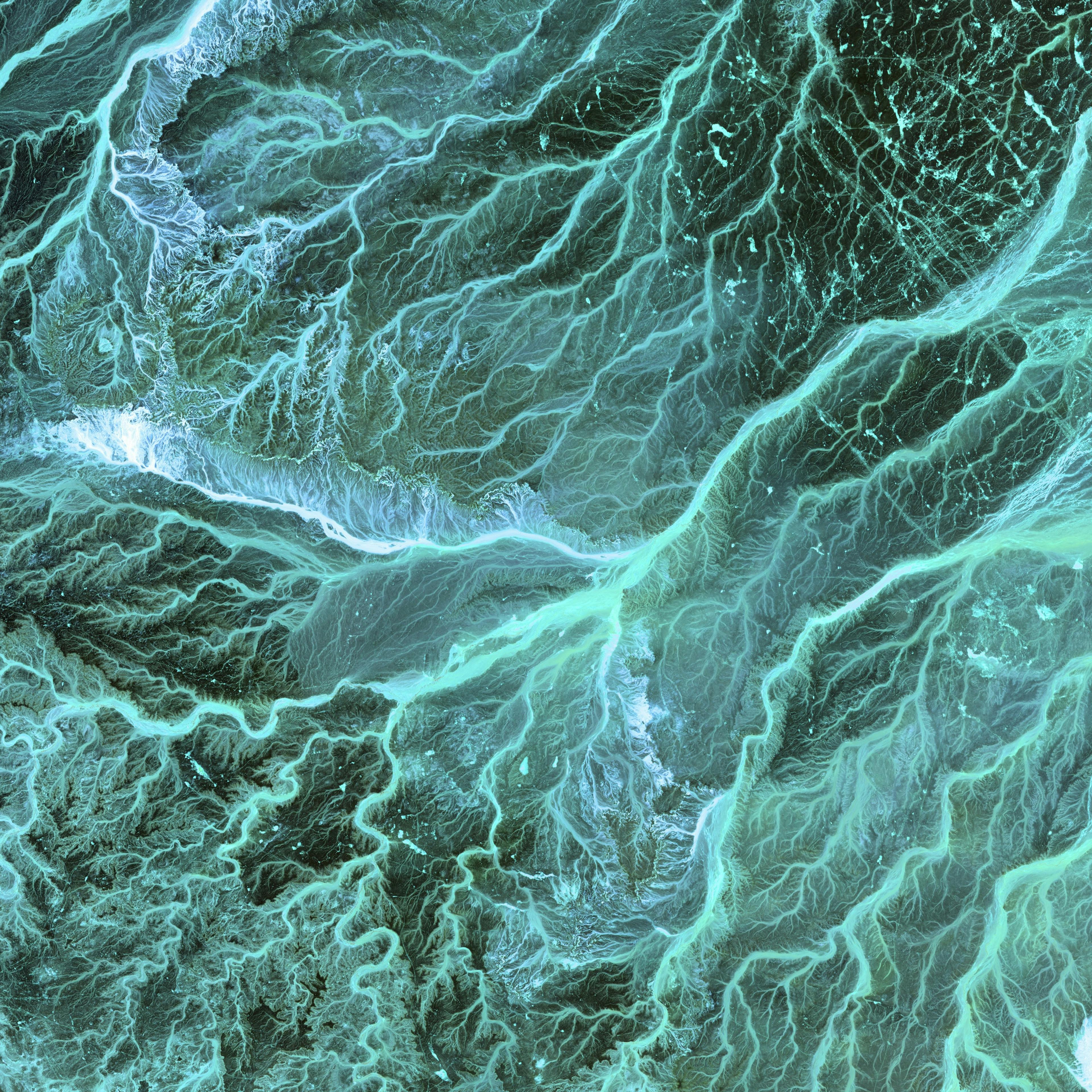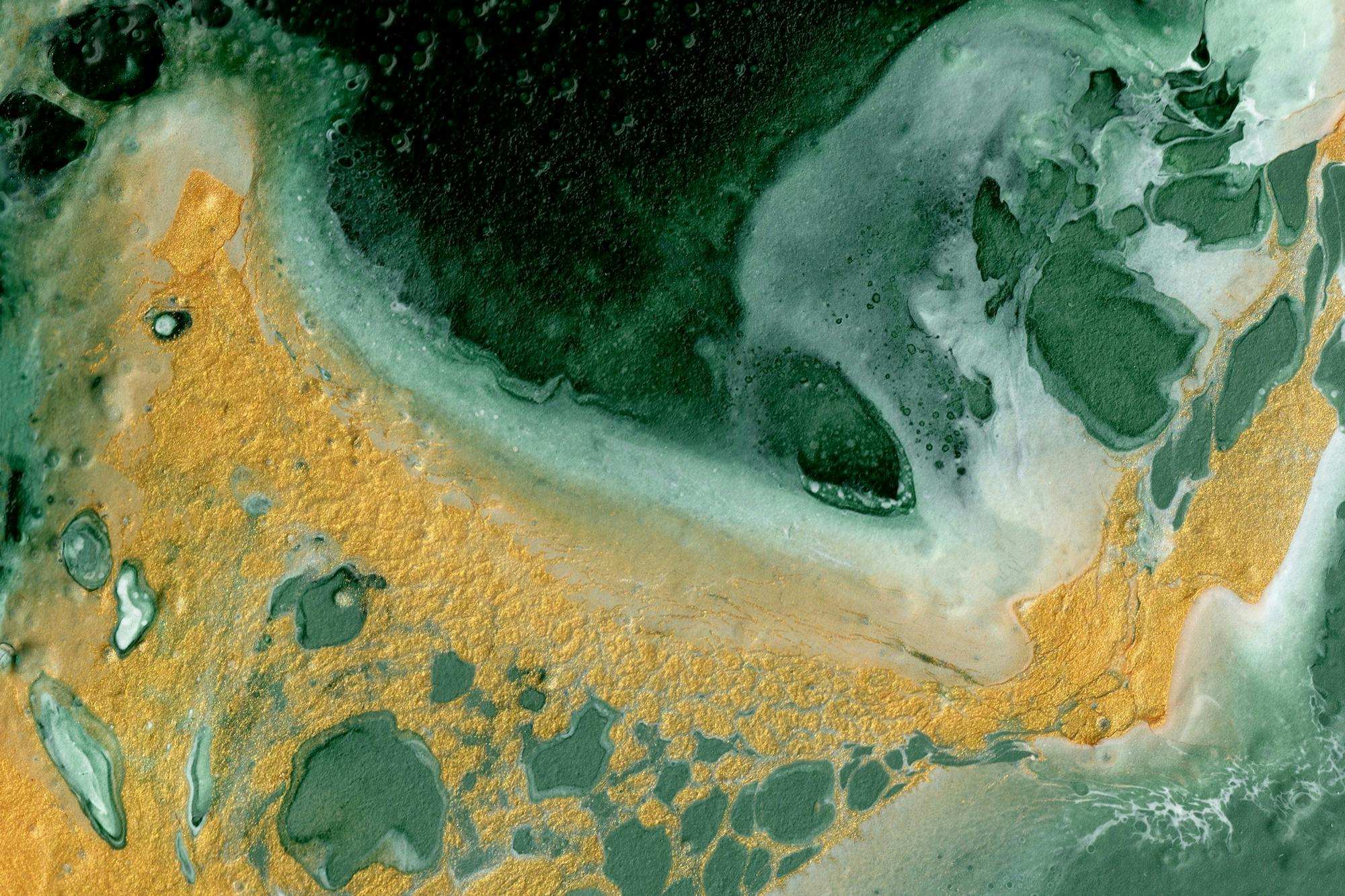
Is it Legally Permissible to Prompt in the Style of an Artist?

Generative AI tools have transformed the creative landscape, offering users the ability to produce content “in the style of” famous artists, writers, or musicians. While this has opened up a world of creative possibilities, it also raises important legal considerations. How do copyright laws apply to these AI-generated works, and what should creators know when asking an AI to generate content based on the style of a well-known artist? We explore questions and guide creators on respecting intellectual property (IP) rights while protecting their own work.
The Nature of Artistic “Style” in Copyright Law
One key factor in this discussion is the concept of “style.” According to copyright law, style itself is not protected as intellectual property. Copyright protects specific, tangible expressions of an idea — such as a particular painting, book, or song — not the techniques, themes, or artistic approaches that form an artist’s style. This means that you can generally use an artist’s style without infringing on their copyright, since style is considered part of the public domain.
For example, if you ask an AI tool to generate a story “in the style of Murakami,” you are not necessarily infringing on copyright. However, if you were to closely mimic a unique expression from one of Murakami’s works, this would likely constitute copyright infringement.
Ethical and Legal Considerations for Generative AI
Although style may not be protected by IP laws, creators still need to navigate several ethical and legal concerns when using AI to create work that mimics a well-known artist:
- Copyright Protection of Training Data: Generative AI models are trained on vast datasets, which often include copyrighted works. The training process typically involves AI systems analyzing numerous examples to learn how to generate new content. However, if the datasets include copyrighted material without permission, this raises questions about whether the use of that data to generate new content constitutes copyright infringement. From a legal perspective, creators should be aware that even though the final output may not directly copy a specific work, the model could still be built on potentially infringing datasets.
- Derivative Works and Copyright Law: Another important factor is whether the AI-generated content could be classified as a “derivative work.” A derivative work is any new creation based on an existing copyrighted work. If your AI-generated work is too closely related to a particular piece — using elements like similar patterns or designs — it could be seen as derivative and therefore infringing. To avoid this, you need to ensure that your output is sufficiently distinct from any copyrighted work that influenced it.
- Moral Rights of Artists: Even though “style” isn’t protected by copyright law, some artists may have moral rights over their creations, particularly in countries outside the United States. Moral rights generally refer to the right of an artist to be attributed for their work and to protect their work from distortion or modification that would harm their reputation. When asking an AI to replicate an artist’s style, particularly a contemporary one, creators should consider whether their output might violate the original artist’s moral rights.
- Trademark and Right of Publicity: If the artist in question has a trademark on their name, brand, or other distinctive features of their persona, you may also face issues related to trademark law or right of publicity. For example, using an AI tool to generate a painting “in the style of Andy Warhol” could potentially raise trademark or right of publicity concerns if Warhol’s name or image is being commercially exploited without permission.
Protecting Your Own Work
If you’re using an AI tool to create content and intend to sell or commercialize it, you should take steps to protect your own legal rights as a creator:
- Check the AI Tool’s License: Review the terms of service or license agreement of the generative AI tool you’re using. Some AI models may place restrictions on how the outputs can be used commercially or require attribution to the tool or model. Be sure to understand whether you have the rights to commercially exploit the work created by the AI and whether the tool’s developers retain any claim to the output.
- Ensure Originality: To avoid any potential copyright infringement, it’s advisable to make sure that the AI-generated content is sufficiently original and not a direct copy of any existing work. Even though style itself is not protected, the more distinctive and individual your creation, the more likely it is to be legally safe.
- License your work: Once you’ve ensured that your AI-generated content is original and complies with the terms of the AI tool, it’s important to consider protecting your own rights by licensing your work. Copyright licenses can formalize how others can use, distribute, or adapt your creation, whether you plan to sell it, allow limited use, or grant it freely under open-source licenses. By attaching a clear copyright license to your work, you establish the terms under which it can be used, making it easier to enforce your rights in case of infringement.
With Alias.studio, we provide a solution that incorporates all three steps:
- With Alias, you are free to use all the content generated on the platform by one of your customized generative AI models for personal and commercial purposes, without restrictions of any kind.
- Alias helps you demonstrate your claims of originality, by certifying the authenticity of your generative AI model and recording a proof of this certificate on the blockchain. The Alias platform also keeps records of your prompts, iterations, and adjustments so that you can demonstrate that your work is a product of your direction and creative input rather than a mere output of the AI tool. This evidence can serve as important proof of authorship in any legal dispute over the originality or ownership of the work.
- On the licensing side, Alias lets you decide whether you want to retain all rights or offer licenses that permit some level of reuse — such as through Creative Commons licensing — which can still offer protection while promoting creative exchange. For commercial uses, you can explicitly define the scope of rights granted (e.g., advertisement, merchandising, or all commercial uses) so that you can secure revenue streams from potential clients or users of your content.
Conclusion: Is It Legal to Sell AI-Generated Content in the Style of an Artist?
In a world where AI blurs the boundaries between inspiration and imitation, the real question is how do we find the balance between creative freedom and ethical responsibility?
In most cases, creating content in the style of an artist using AI is legally permissible, as long as you avoid copying protected elements like specific expressions, patterns or designs. However, you must always be mindful of the training data used, potential derivative work claims, and any applicable moral rights or trademark concerns.
With Alias, we create legal standards for generative AI technologies that help facilitate the creation of original generative AI models, and the licensing of the content generated by these models. This makes it possible for creators to ensure they are both respecting the rights of original artists and protecting their own work.



